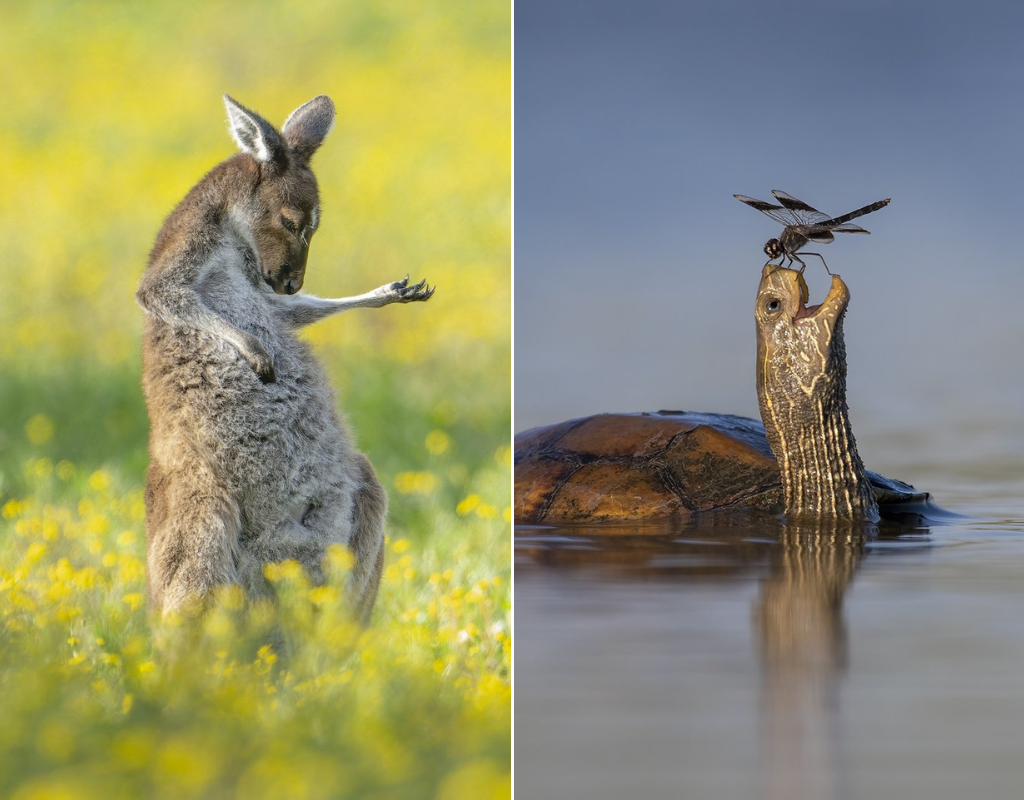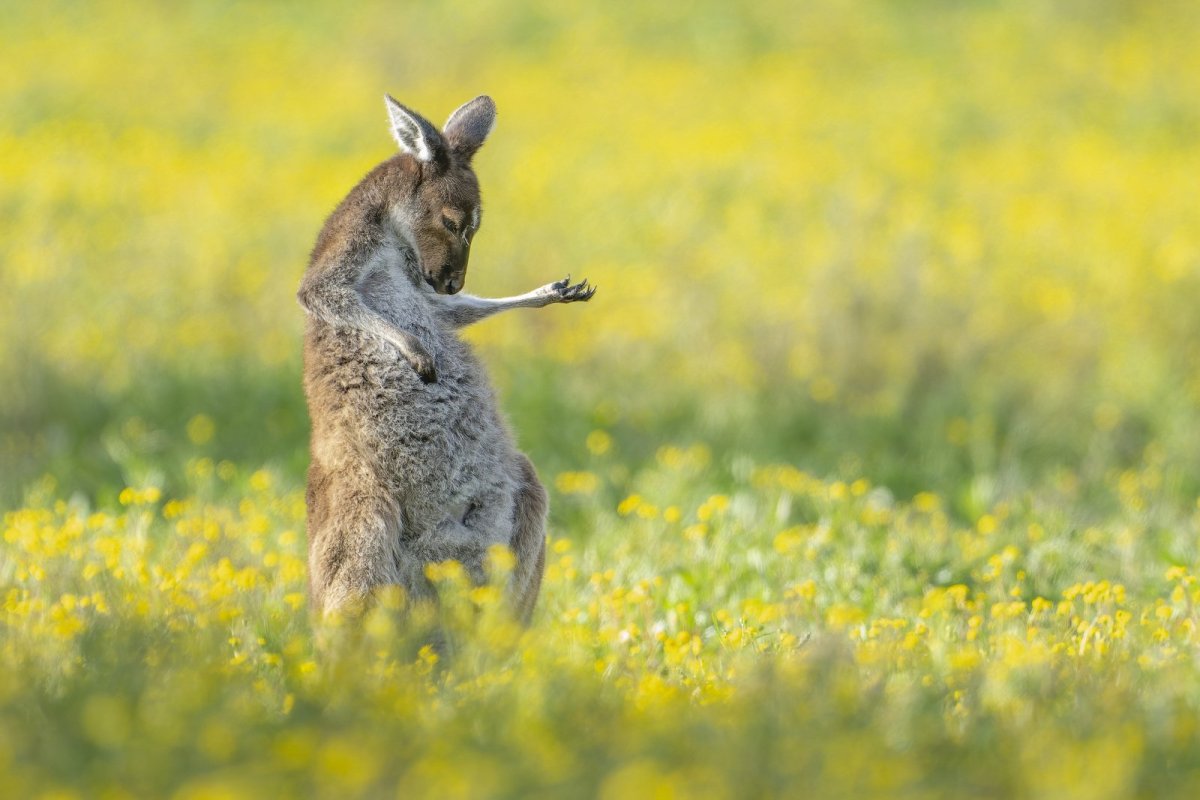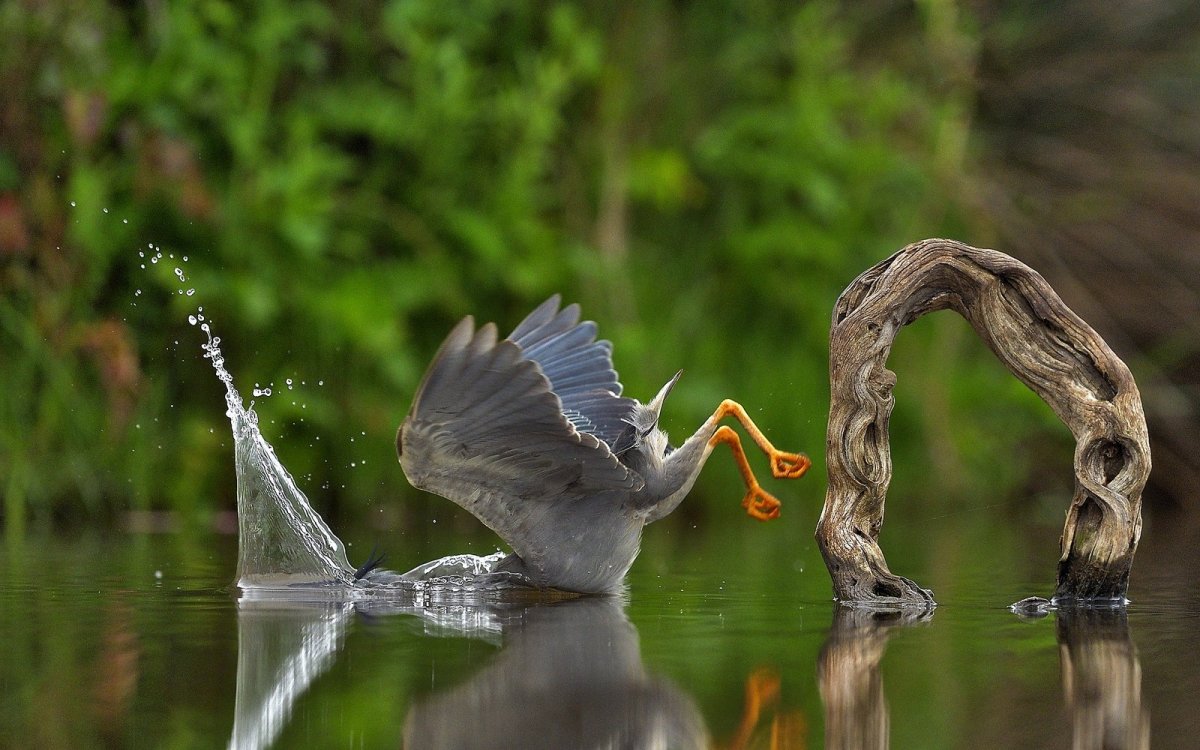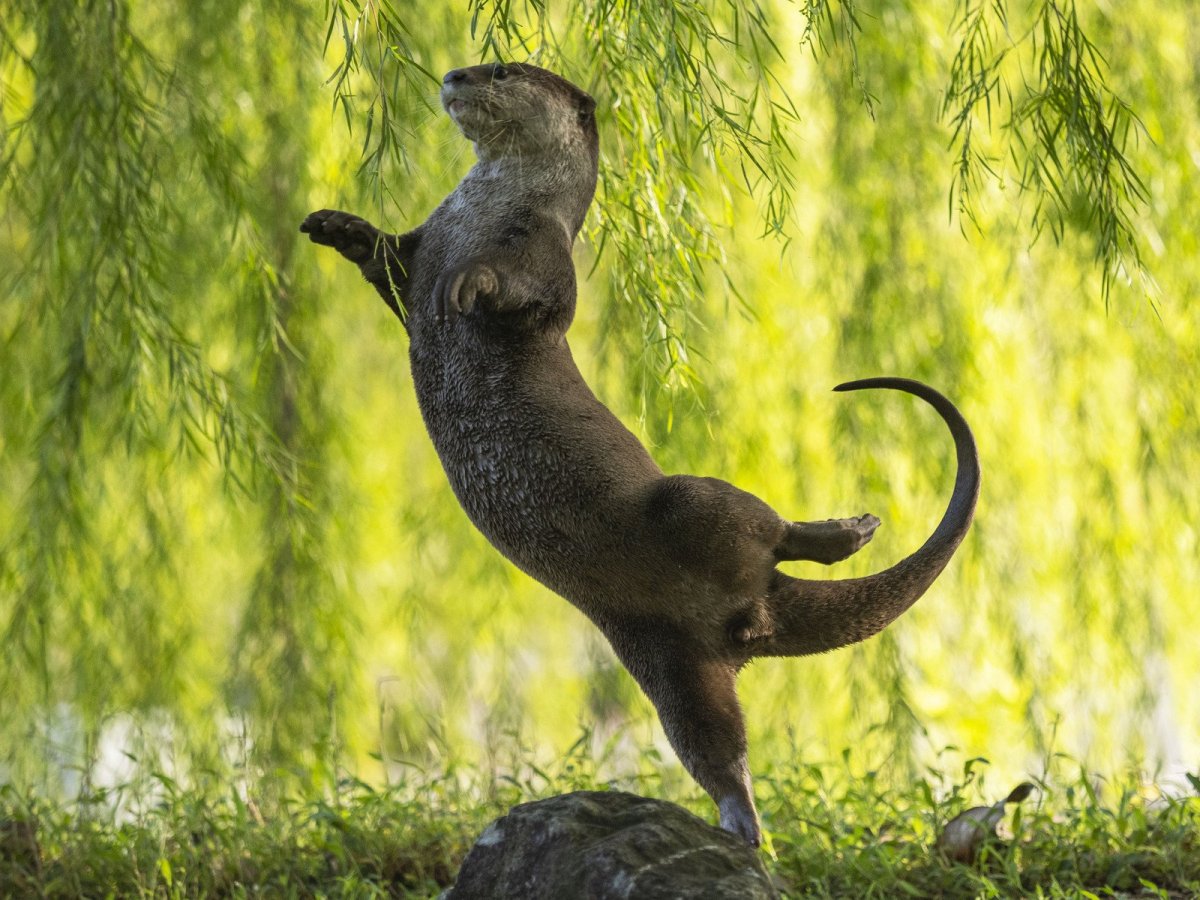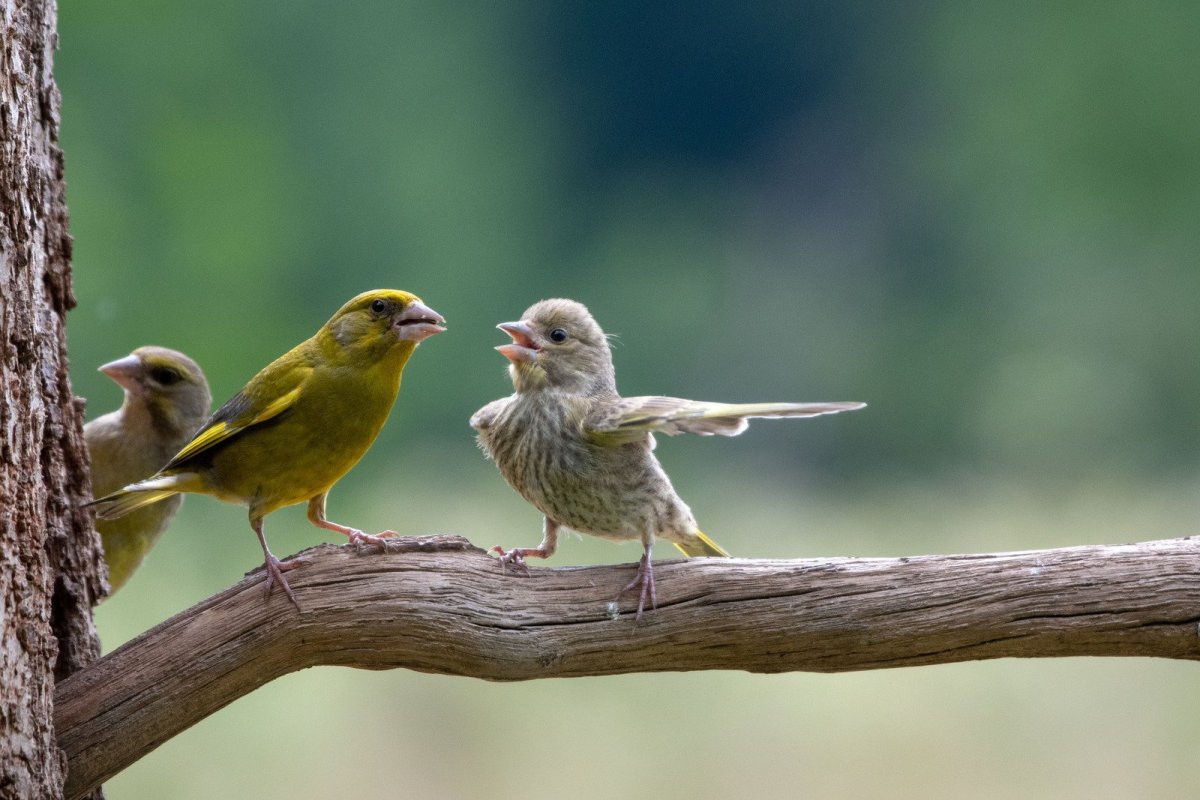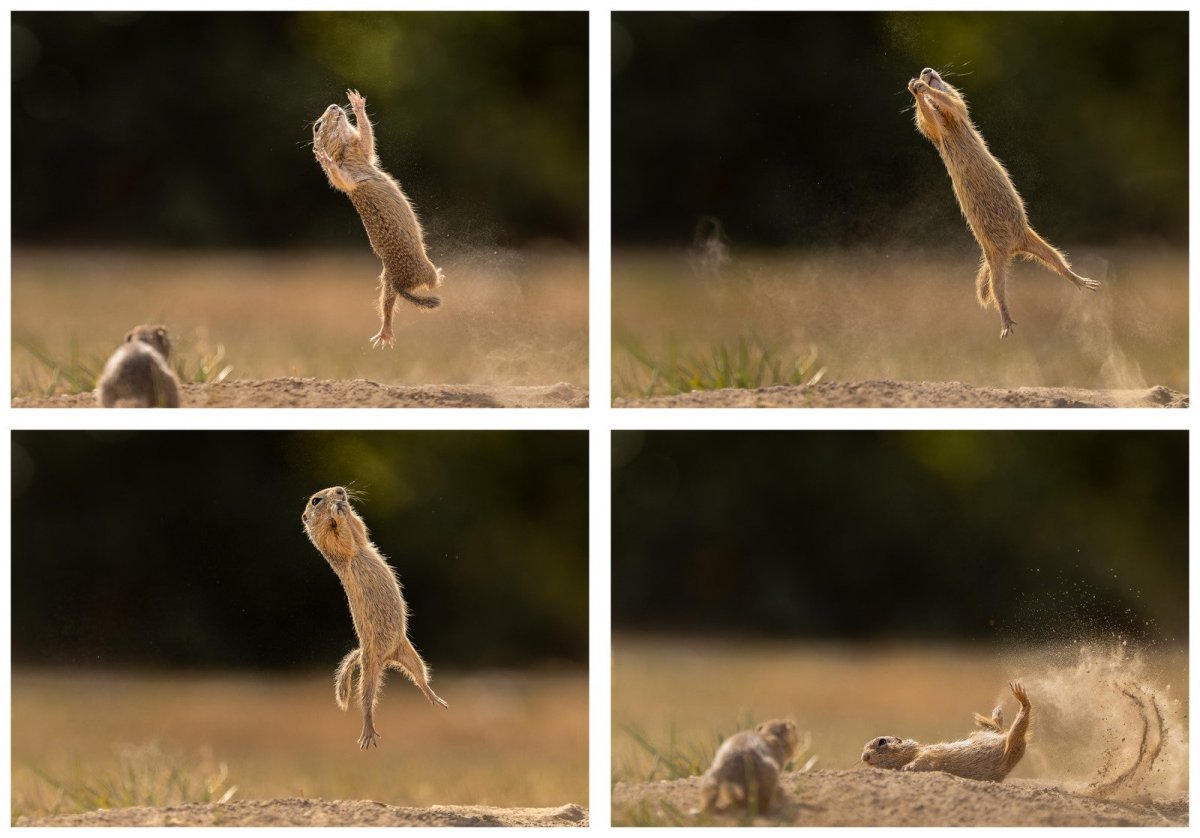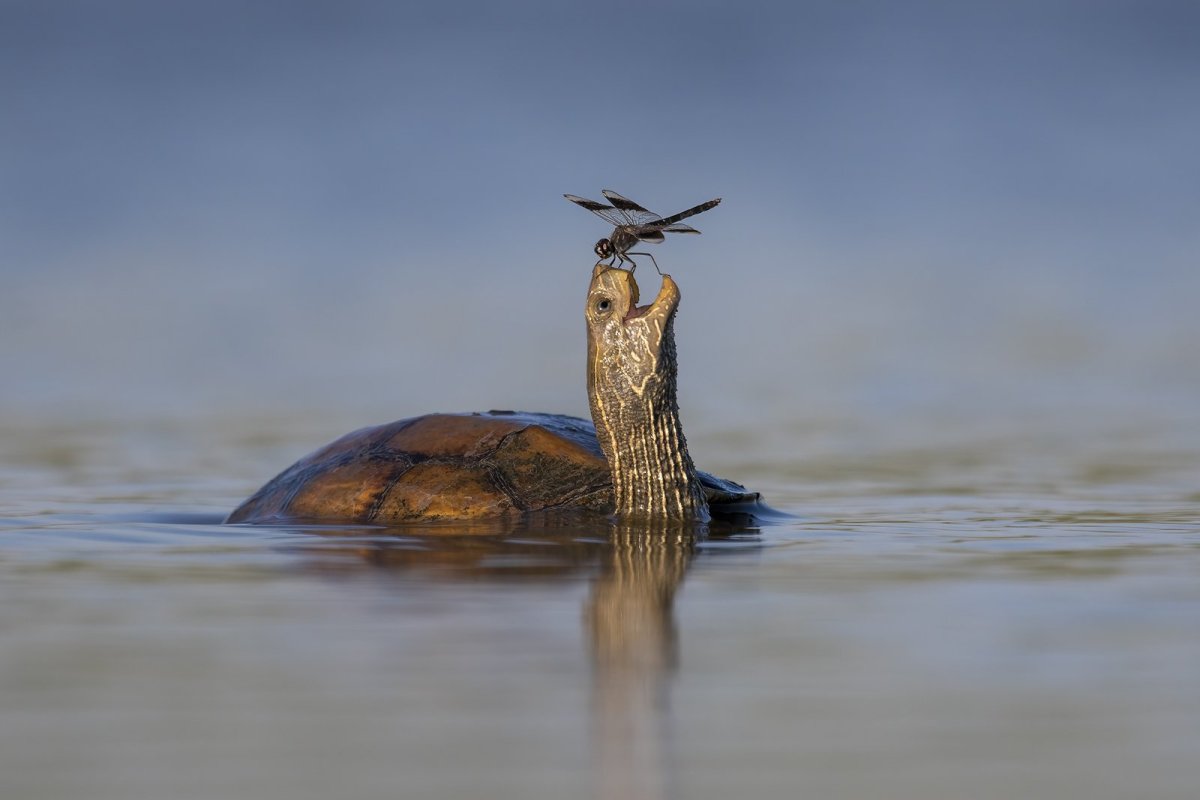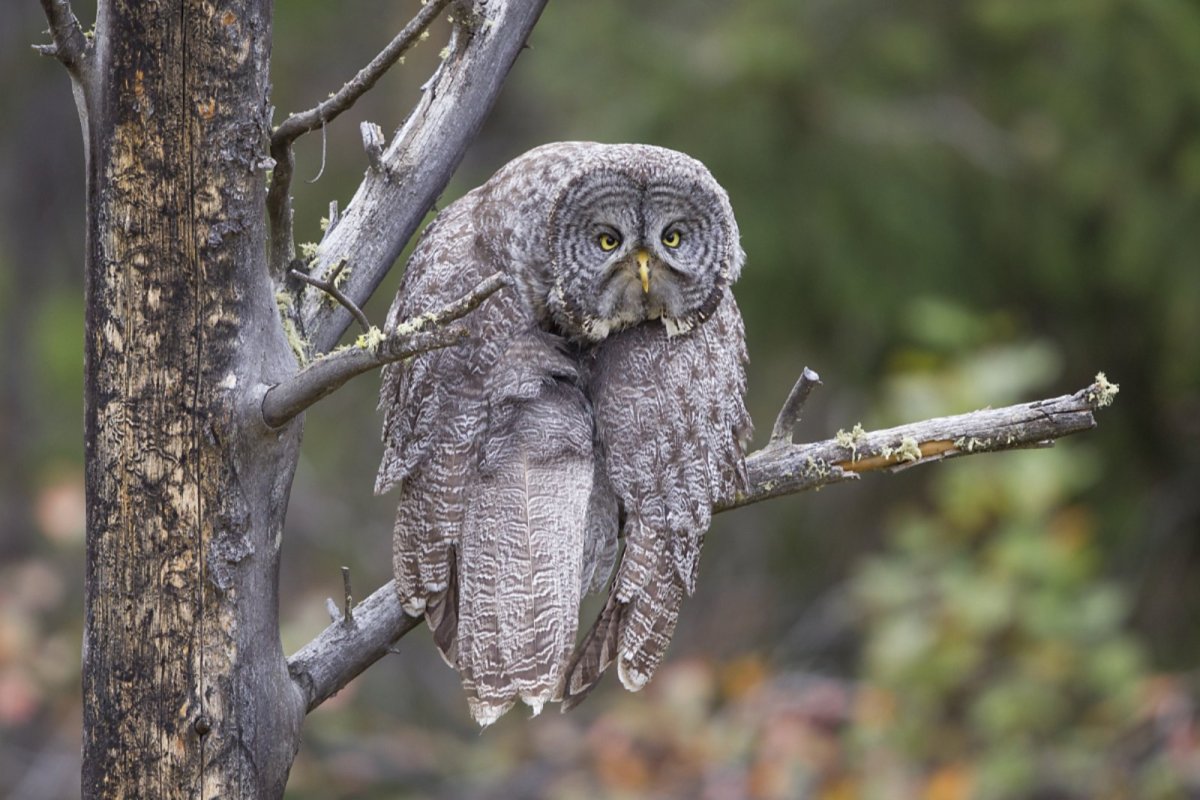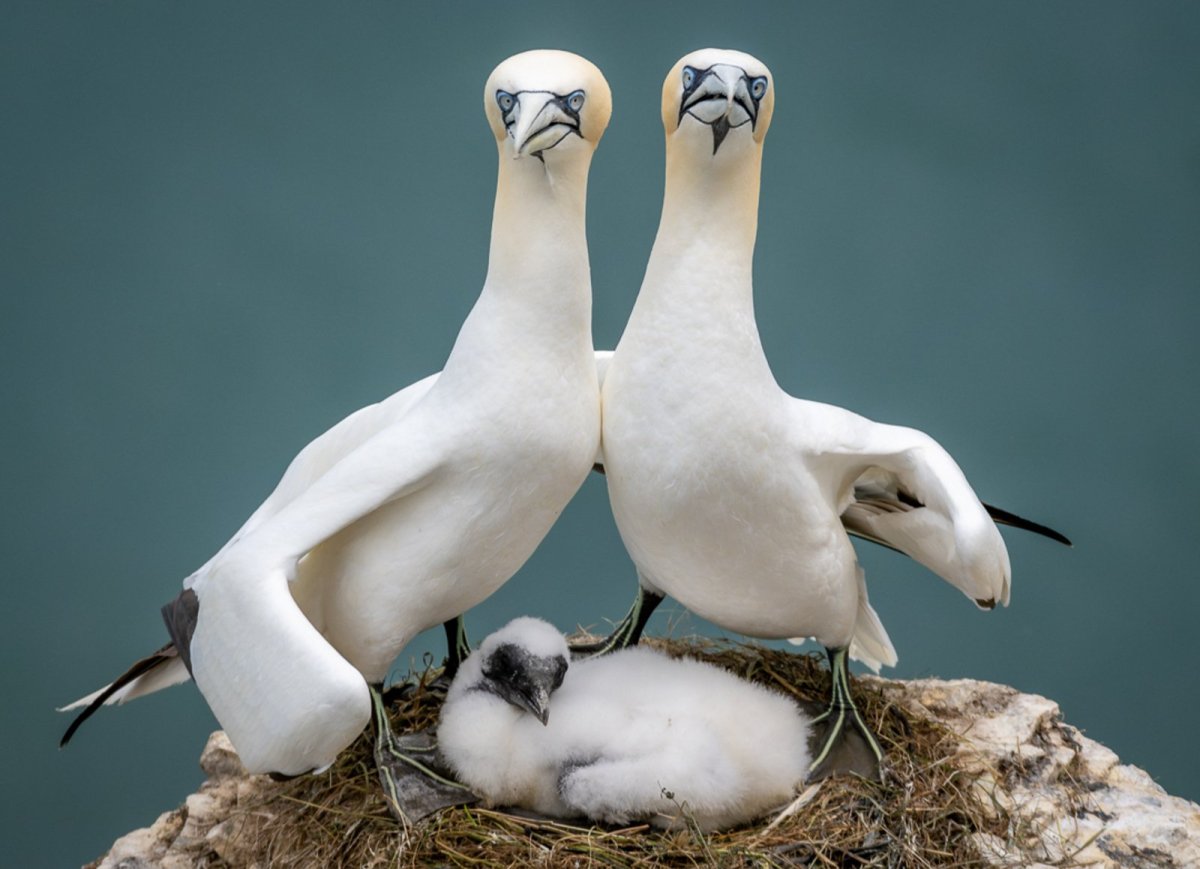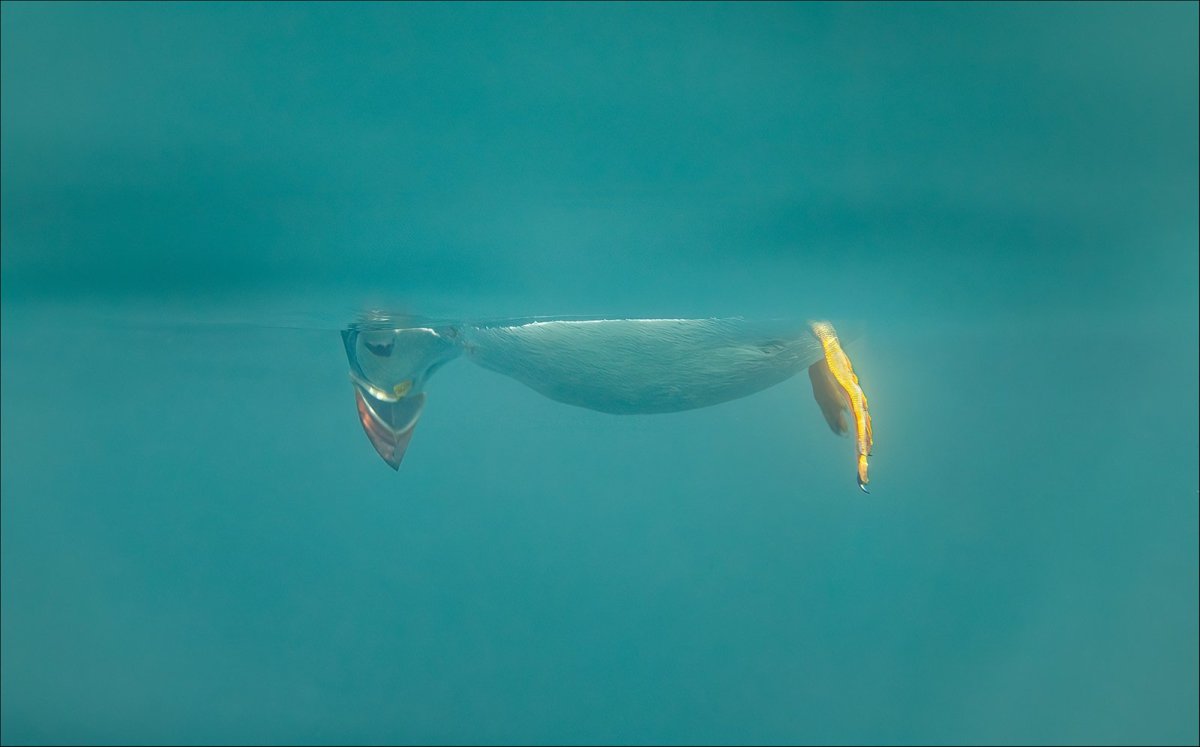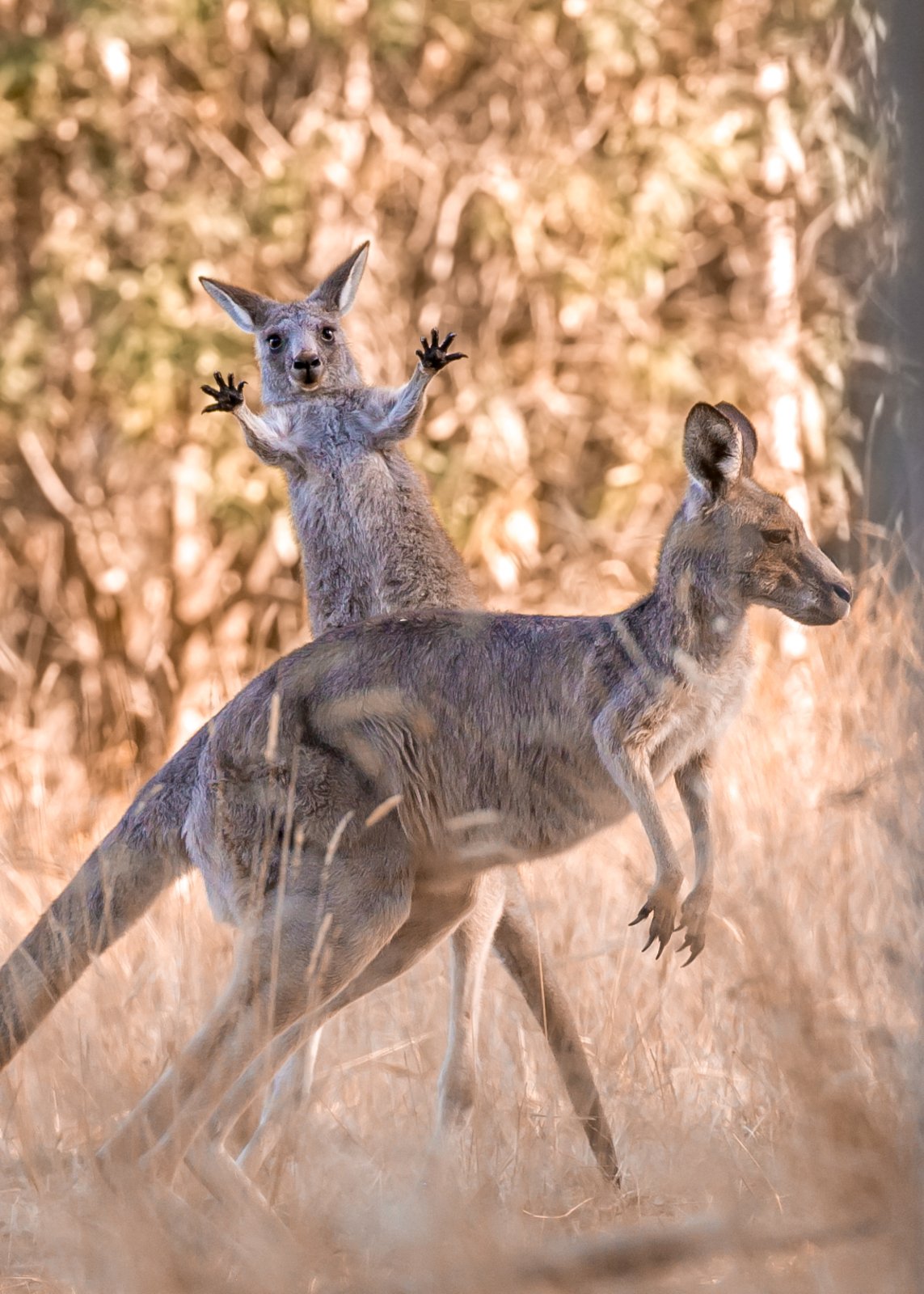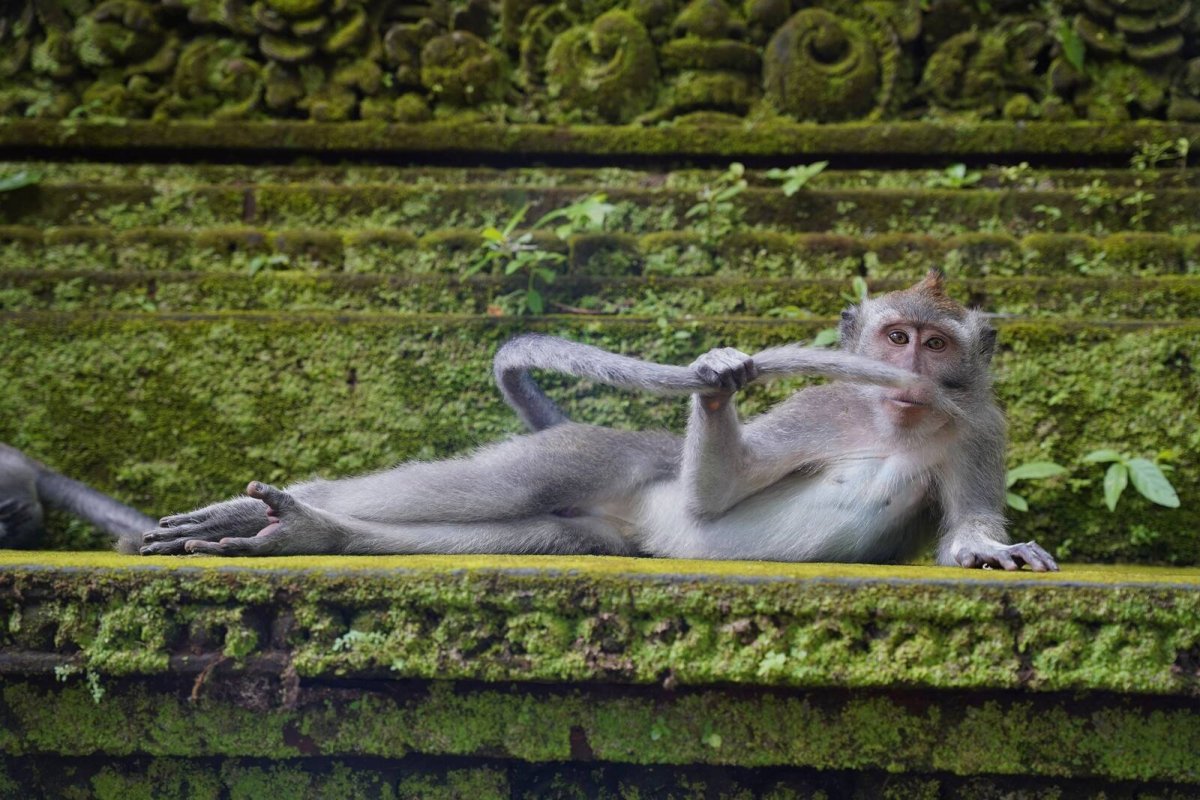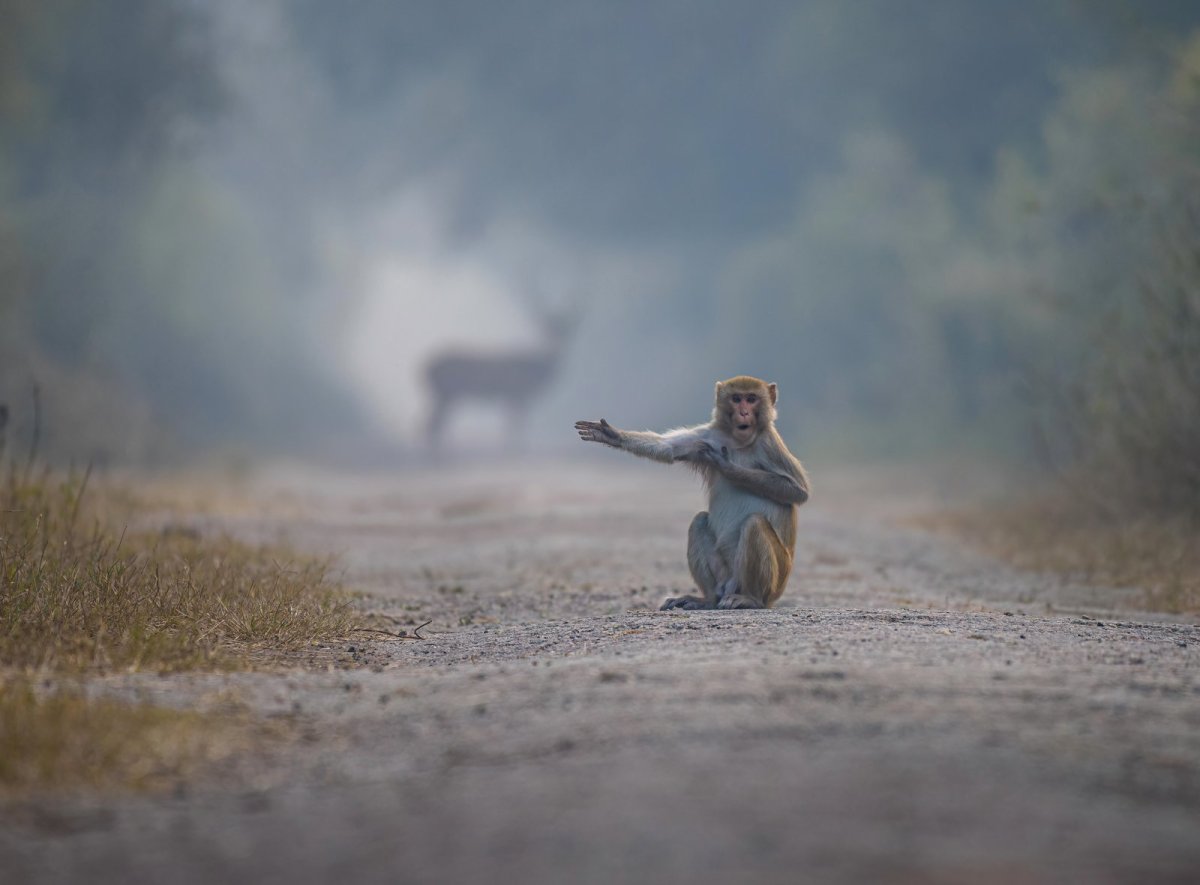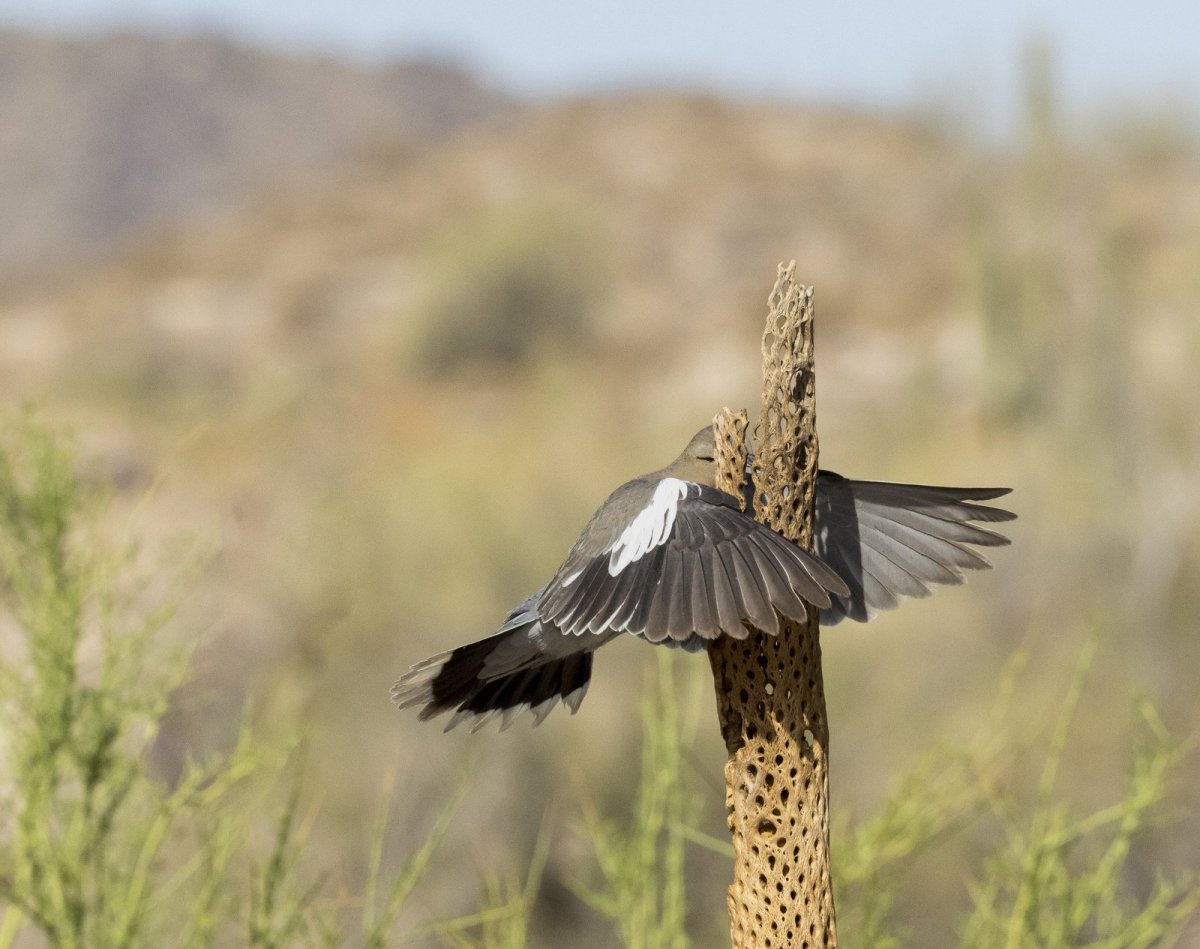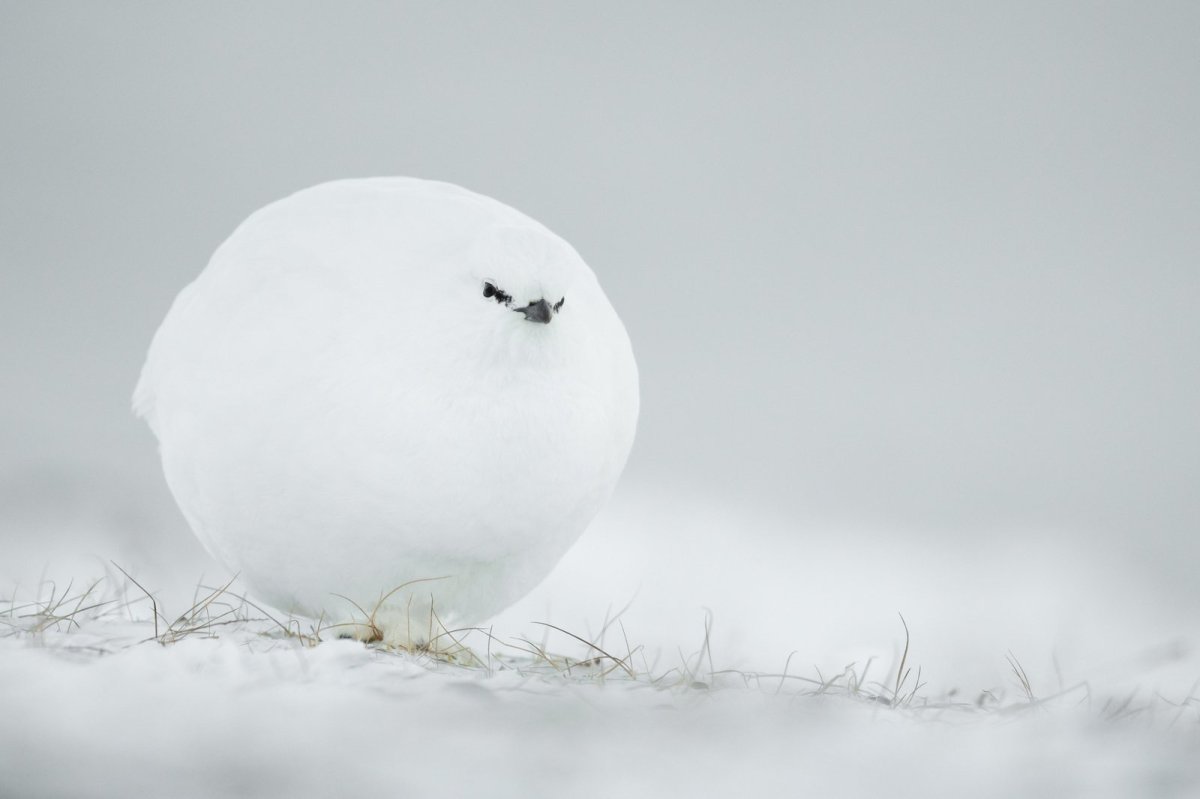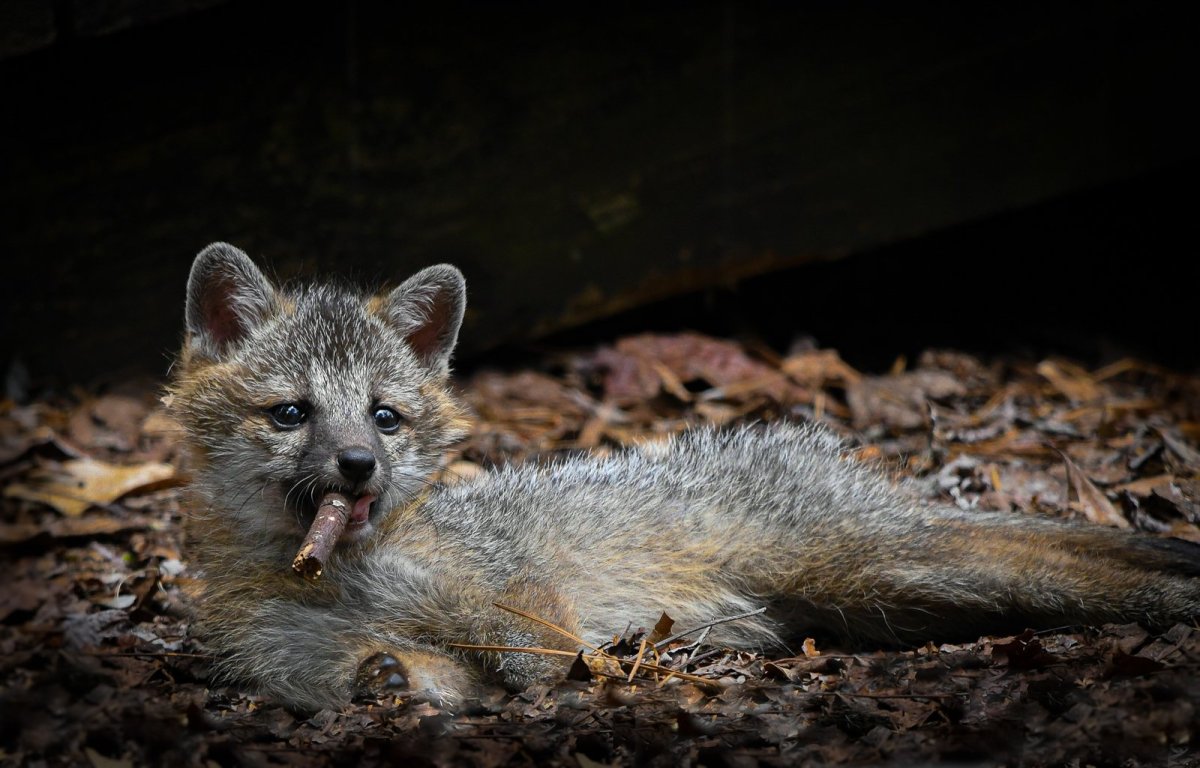A Former Prosecutor Asks:
What if Omar Khadr Isn’t Guilty?
By Sandy Garossino in Opinion, Politics
Omar Khadr (right) speaks with his lawyer Dennis Edney in Edmonton on May 7, 2015.
File photo by The Canadian Press
Editor's Note: This story contains images some readers may find disturbing.
The controversy surrounding Omar Khadr’s
reported $10.5-million settlement for Ottawa's complicity in his oppressive detention at Guantanamo Bay obscures a key issue we've never truly explored in Canada.
What if Khadr was innocent of the murder of Sgt. Christopher Speer this whole time, and we didn't lift a finger while he sat in a hell-hole for a decade?
For almost 15 years, Canadian treatment of the Khadr case has been dominated by the presumption of guilt. Yet the evidence tells a different story.
For all the fury boiling up over news of his settlement, there's precious little insight or knowledge about the facts. As a former prosecutor, something has always troubled me about this case, and my deep unease hasn't abated with time.
Any experienced trial lawyer would be troubled to open this file. With the exception of Khadr's "confession," wrung from a traumatized and severely wounded teenager under an
abusive interrogation, the evidence against him was remarkably thin.
Examined closely, it appears more consistent with his innocence than guilt.
Khadr's case a 'Canadian tragedy'
What evidence exists appears confused, inconsistent or contradicted elsewhere. Photographs of the attack scene released in 2009 appear to directly conflict with the prosecution's summary of its own case.
Had the events happened under Canadian jurisdiction, they would not have been enough to lay a charge, let alone secure a conviction.
This case represents a Canadian tragedy and failure of moral courage on the part of our government. When Canada should have championed transparency, due process and the rule of law in the Khadr proceedings, we stood mute or actively participated in his abusive interrogation in custody.
Had the Canadian government done so, any criminal trial in open court would most likely have ended in a humiliating defeat for the U.S. government, and public perception would be very different from what it is today.
To any trial lawyer, it's plain that Khadr pled guilty for a very simple reason: his plea deal offered a return to Canada and eventual freedom — clearly a better alternative than a lifetime of suffering in Guantanamo.
That bargain was a successful legal maneuver, but a personal tragedy. It was successful because it returned him to Canada, where his prospects for justice were a vast improvement on Guantanamo Bay and U.S. military tribunals. It was tragic because he will forever wear the stain of pleading guilty to murder.
Today Canadians are paying a hefty price because successive Liberal and Conservative governments sacrificed principle to political expedience, traded away due process, and turned on their own child citizen, a trapped and helpless teenager.
Evaluating the evidence from the prosecution's perspective
Here’s how a prosecutor would look at the evidence against Khadr in a civilian criminal trial. Remember, this was a criminal prosecution subject to evidentiary rules supposedly designed not only to protect the innocent, but the integrity of the justice system itself.
The first step is to ensure the prosecution can prove each element of the charge beyond a reasonable doubt; and that the evidence is probative, consistent, credible, and reliable.
Any obvious defences, such as mistake of identity, self-defence, temporary loss of control or accident, should be anticipated and closed off by cogent evidence before charges are laid.
One more thing: in a circumstantial case, (which this was, because nobody saw Khadr throw the grenade that killed Speer), the evidentiary bar is even higher. In such a case the test is not merely proof beyond a reasonable doubt, but that the evidence pointing to guilt is inconsistent with any other rational conclusion.
First the context. This firefight was no small village confrontation, but an all-out military assault on a small compound.
The suspected Al Qaeda compound was identified by U.S. and Afghan forces in the early morning of July 27, 2002. Two Afghan militia members approached the small compound, estimated at "100 to 120 feet square." They were immediately shot and killed by occupants inside.
Compound bombed and strafed by U.S. air assault for hours
That shooting drew an overwhelming response. More than 100 U.S. troops assembled on the site, and for the next four hours the compound was pounded with cannon, missile, and rocket fire from a coordinated air assault involving Apache helicopters, A-10 warplanes and F-18 fighter jets. Multiple 500-lb. bombs were dropped on the site.
When American forces believed everyone inside had been killed, a U.S. Special Forces team entered the compound.
Whatever happened next took less than a minute, according to reports. At the end of it, Sgt. Christopher Speer, who was not wearing a helmet, was mortally wounded in the head from a grenade, and Khadr was captured alive.
So what was the prosecution’s case against Omar Khadr?
Inconsistent and inaccurate statements from the prosecution
There was lots to choose from. The U.S. military reports and filed statements describe a hodge-podge of confusing and inconsistent positions, including the following range of scenarios:
(1) The assault team entered, encountered and returned enemy fire and killed the shooter. Omar Khadr, positioned behind a crumbling wall, then threw a grenade at a group of soldiers who were talking. He did not consider them a threat to his safety, but just planned to kill as many Americans as he could (U.S. government stipulation of facts, 2010, paragraphs 41-43, agreed to by Khadr in his guilty plea);
(2) The assault team entered, encountered enemy fire, including a thrown grenade. They shot and captured Khadr, who was the only survivor in the compound during the exchange. Being the only survivor, Khadr must have killed Speer (false public position of U.S. military until 2008, as per CBC report);
(3) The assault team entered, encountered enemy fire, including a thrown grenade. They killed the shooter who also threw the grenade. They then captured Khadr, who did not throw the grenade (Report by Maj. Randy Watt, senior U.S. officer at battle, July 28, 2002);
(4) The assault team entered, encountered enemy fire and a witness identified as OC-1 saw a grenade thrown over a wall. Because of the timing of the shooting and grenade, he did not believe one person could have done both. OC-1 killed the shooter. He then found Khadr seated and facing away from the assault team and shot him in the back. According to OC-1, Khadr was the only person who could have killed Speer (Statement by witness OC-1, dated March 17, 2004, almost two years after the event);
(5) The assault team entered, encountered enemy fire and saw a grenade thrown over a wall. They killed the shooter and two Delta Force members confronted Khadr, who was armed and stood facing them. They shot him in the chest (per summary of statements, originally reported by Michelle Shephard in the Toronto Star);
(6) The assault team entered, encountered enemy fire and saw a grenade thrown over a wall. Soldiers outside the compound were also throwing grenades in response to the firefight. U.S. forces first killed the shooter, then shot and captured Khadr (per Los Angeles Times report of statement evidence). This opens the possibility that friendly fire accidentally killed Speer.
OR
(7) The photos:
The photo on the left, taken in Ayub Kheyl in Afghanistan on July 27, 2002, shows the scene found by the assault team approaching the area where the shooter was killed. Khadr lies beneath the rubble, apparently beneath a collapsed roof. The photo on the right shows Khadr (figure highlighted) after debris has been pulled back. Classified photos obtained by the Toronto Star from an 18-page submission presented in 2009 by Khadr's former military defence team to an Obama administration task force investigating Guantanamo.
Clearly, the multiple positions and reports advanced by the prosecution can't all be true. In all, either the shooter, or Khadr, or possibly American forces threw the grenade that killed Speer. Some of the reports make no sense at all, and some are clearly false.
Consistency, credibility and reliability are essential to a strong prosecution, and this case was on thin ice.
Photo evidence disastrous for the prosecution
Then came the photographs of the combat scene obtained by the Toronto Star in 2009, which can only be seen as disastrous for the prosecution.
The two photos above apparently depict the scene as found by the assault team in the area where the shooter was killed. The first photo on the left shows the body of the shooter killed in the firefight next to what appears to be a pile of rubble and brush. Omar Khadr was found alive beneath that rubble.
According to the Star, military documents indicate that "a soldier stood on top of Khadr's body before realizing someone was buried."
The second photo on the right—enhanced by the Star for clarity—shows the brush and rubble pulled back to expose Khadr, with bullet entry wounds clearly visible on his back.
In the third photo below, which shows Khadr receiving battlefield first aid (the graphic damage of his exit wounds are obscured), clearly visible is the dried blood from the shrapnel wound to his left eye. Khadr's face is coated in dirt, consistent with being buried in rubble.
Khadr receives battlefield first aid after being injured during a fight in Ayub Kheyl, Afghanistan on July 27, 2002. Graphic exit wounds have been obscured. Photo from Wikimedia Commons, originally obtained by Toronto Star
Khadr could not have thrown the grenade and then completely buried himself under rocks and debris in just a few seconds before the special forces team arrived.
Of all the positions taken by the prosecution above, only (3) and (6) are consistent with the photographs taken in the immediate aftermath of the firefight. Neither version implicates Khadr. Version (3) is the incident report submitted by the senior officer on site the day after the battle, which completely exonerates him.
The only evidence that ties Khadr to the grenade is the statement of OC-1 in version (4), given to investigators almost two years after the event. But OC-1's statement that he found Khadr sitting up and leaning against brush is sharply at variance with photograph 1, in which Khadr lies completely buried under rocks and brush.
That's not a small problem for the prosecution. It's a big one.
If the photograph is an accurate depiction of the scene as the special forces team found it, OC-1's statement can't be true. It's more likely that OC-1 discovered Khadr under the rubble after he shot the other combatant, then shot him in the back as he lay there.
The fact that a soldier could shoot a man in the back at close range and not kill him leads one to believe that either that soldier is a really bad shot, or perhaps, he was shooting what he could not see. If Khadr was covered with debris and OC-1 stepped on him and Khadr moved, it is likely that OC-1 would have shot first into the debris and asked questions later.
It gets worse. The prosecution's bigger problem is that its official version (1) makes no sense at all when read with the photographs. Below is the relevant text of the U.S. government's stipulation of facts:
A screenshot of the U.S. government's stipulation of facts in October 2010 regarding the events that led to Sgt. Christopher Speer's death in Afghanistan in 2002, as accepted by Omar Khadr
Clearly, paragraphs 42 and 43 are drafted to defeat any argument that Khadr threw the grenade in self-defence. It's drafted to cast him as the aggressor who, unprovoked, attacked a peaceful group of soldiers clearing up a battle site after a firefight with the other combatant. But that is wholly inconsistent with a photo of Khadr buried in rocks and rubble, lying within inches of his dead compatriot.
Unless the shooter's body had been moved, Khadr was lying under the debris immediately next to him during the firefight. According to OC-1, he shot both the shooter and Khadr within a few seconds of each other.
This doesn't make sense either. Khadr didn't watch his compatriot get killed, throw a grenade, then cover himself in rocks and sticks and wait to be discovered. And what about the Star's account of military documents reporting that a soldier didn't even realize Khadr was there until he stood on him?
Military evidence makes a better case for innocence than guilt
So far, this is all the prosecution's own evidence, and it's a mess before the defence calls a single witness. Without Khadr's confession, obtained essentially by force, there is no compelling evidence that he threw any grenade at all. No one saw him do it, and from all appearances he'd been under that rubble the entire time.
From what’s publicly available at this point, the evidence pointing to guilt is weak and speculative. Taken as a whole, it doesn't really make sense. Multiple statements contradict each other and run all over the map.
These are not small inconsistencies. Something is seriously wrong with the prosecution's account.
Without Khadr's confession, the evidence fails its first and most basic test: that of establishing beyond a reasonable doubt through credible, reliable and consistent evidence that Khadr threw the grenade that struck and killed Sgt. Speer.
So what about that confession?
As is well known today, false confessions are common, especially with malleable young people under duress. The intensity and abusiveness of Khadr's interrogation is unprecedented in law-abiding countries. It's probably fair to say that in 2002 the U.S. military was far more concerned with learning whatever it could about Al Qaeda from Khadr than with getting an admissible voluntary statement for a criminal trial.
The priority was to find and kill Osama bin Laden, and to defeat Al Qaeda and the Taliban.
That interrogators went too far is now common knowledge. But the problem with torturous or abusive questioning isn't just that it violates the prisoner's rights, but that subjects will give false information to escape the agony.
Today, Khadr says that he confessed to false things just to please his interrogators and stop the pain, and there's evidence to back that up. For instance, we know that under pressure
Khadr falsely identified Maher Arar as having stayed at terrorist safe houses in Afghanistan, when Arar had never been to the country.
I believe this occurred in Bagram where torture was likely to have been more severe.
It's far more believable that Khadr confessed to stop the pain than that his confession is true. The photographs and the known chronology make it extremely unlikely that he could have thrown the grenade.
Yet without that confession, the prosecution had no case.
First, freshest and best military report points to innocence
The U.S. military’s first, freshest and probably best report of the incident, based on contemporaneous eye-witness accounts by the soldiers involved, was submitted by Maj. Randy Watt the day after the firefight. That report described scenario (2), in which it was believed that the grenade was thrown by the shooter.
It's also consistent with and corroborated by the photographs taken at the scene, where only the shooter would have been in a position to throw the grenade.
However,
according to the CBC (at 15:30 in the video), that report was itself subsequently altered without documentation or explanation.
That first report, which contains the best evidence exonerating Khadr, remains today the most coherent account of the events of that day.
Even if it could be established that Khadr did throw the grenade in the middle of a firefight, given his proximity to the shooter it's impossible to rule out self-defence. The stipulation of facts cannot be true.
After all these years and coverage, it's plain that any competent defence lawyer could run a Mack truck through this case in a conventional criminal court.
It was Canada's job to raise hell about the railroading of a Canadian teen
Know who else should have run a Mack truck through it? The Canadian government.
It was Canada’s job to raise hell about the railroading of a Canadian teen based on a lousy case. It was Canada's job to raise hell about the torture of a Canadian kid in U.S. custody. Instead, we presumed he was guilty.
Successive Liberal and Conservative governments washed their hands of Khadr, only to aid and abet his Kafka-esque ordeal and trial by torture. Precious few stood up to take his side as he was convicted in the court of public opinion without a trial.
We were happy—eager, in fact—to strip him of his rights, judge him without even looking at the facts, and allow the American military and politicians to malign him mercilessly as they took every step to suppress the truth.
And though many reporters distinguished themselves, there was no shortage of media commentators piling on, sneering at the doubters and skeptics as do-gooding sissies.
The American torture program was a disaster. Extraordinary rendition to torture sites was a disaster. Guantanamo is a continuing disaster.
Instead of playing along as America’s trusty lapdog, the Canadian government should have stood squarely on the side of due process, demanding an accounting of the staggering cruelty and appalling ineptitude (or worse) behind this whole affair.
At every turn we should have called for a full, fair, open and transparent proceeding. We should have challenged the bad faith, the secrecy, the doctored reports, the contradictory witnesses, the changing stories, and the procedural bullying.
We should have demanded Khadr’s immediate return to Canada from Guantanamo, pending a full investigation.
If you still think the U.S. wouldn't fudge its reports to get the result it wants, google 'Pat Tillman.' Then consider whether the biggest clue to this whole mystery is the long suppression of reports that American soldiers in the special forces assault team also threw grenades during the firefight.
We had plenty of notice how this would all end, because we've been here before with Maher Arar. The day after Khadr, compelled by fear and abuse, falsely pegged Arar as an Al Qaeda associate, U.S. authorities spirited him to Syria by extraordinary rendition, where he too was tortured and imprisoned for a year.
That lesson cost us a cool $10.5 million in foreshadowing, but didn't teach us a thing. We turned around and did it again. To a kid.
Khadr was left virtually alone and helpless to fight the awesome force of American power from a cell in Guantanamo. He should have had the full weight of the Canadian government behind him pushing for the truth.
Plea deal bought freedom at a high price
Khadr's guilty plea bought his freedom, but at a heavy price. For that freedom Khadr traded, perhaps forever, the chance to clear his name and turn public scrutiny on those who abused him, who doctored records, who changed their stories.
As part of his plea deal,
Khadr agreed to a statement of facts admitting to killing Sgt. Speer, and promised never to seek forensic review of the evidence which might one day prove his innocence. He also agreed to permit the U.S. government to destroy all evidence following sentencing.
As a teenager Omar Khadr was betrayed and exploited by every adult who owed him a duty of care, including his father who conscripted him into a terrorist group, and his mother who let it happen. Then he was abandoned by the one government that should have protected his right to a fair trial.
Khadr's ticket out of Guantanamo should never have been a guilty plea extracted by torture, fear and despair. Every other western country was getting its citizens out, while Canada let a teenager rot there.
Khadr's passport out should have been the birthright he was born with—his Canadian citizenship.


